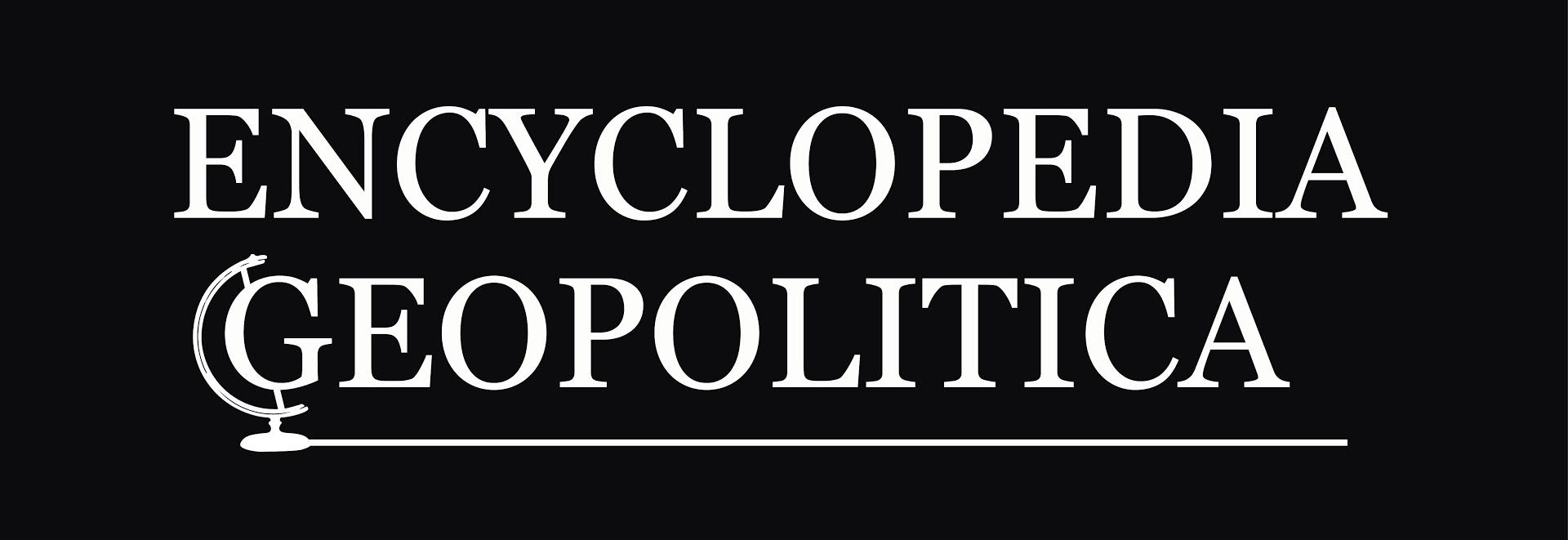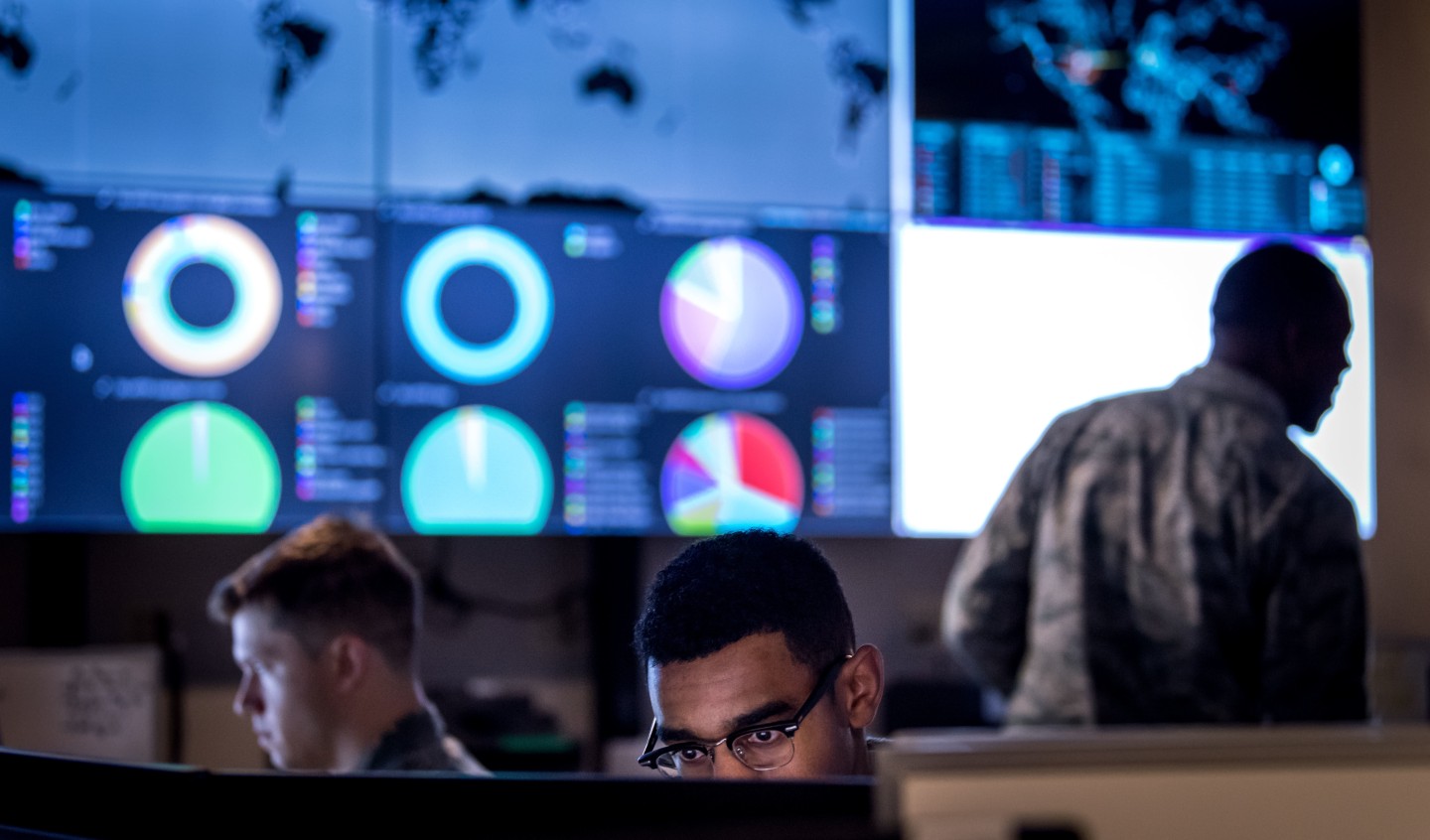In February this year, the World Health Organisation (WHO) used the term ‘infodemic’ to draw attention to the difficulty people were facing in finding trustworthy sources of information to make sense of the COVID-19 crisis. Amidst the increasing noise, certain actors have seized the initiative in an effort to shape the COVID-19 information environment for their own strategic gain. In this article, John Fee examines the rise in state-sponsored information operations and the formidable information contest that is underway between China and the United States.
For an in-depth, bespoke briefing on this or any other geopolitical topic, consider Encyclopedia Geopolitica’s intelligence consulting services.
Whether it is posing as grassroots entities to sow discord within an adversary’s political system, producing media content to influence an indigenous population or smearing political dissidents to discredit them—information operations describe the coordinated application of a state’s instruments of power (military, diplomatic, economic and informational) to deliberately manipulate human behaviour by way of influencing attitudes or disrupting a target’s decision-making process. Ultimately, the target of these information activities is human cognition—and the purpose is to change or maintain the attitudes and behaviours of a targeted audience to bring about a predefined strategic outcome.
In the information age, it’s not just whose army wins, but whose story wins.
Joseph Nye
In 2017 alone, information operations were reported to have played a pivotal role in shaping the elections in at least 18 different countries. Meanwhile, the prevalence of sophisticated communications being used to manipulate public opinion has been increasing—which has unsurprisingly, brought the matter to the forefront of national security doctrine worldwide. And there is every reason to believe that information operations will intensify over the coming years. As of 2020, more than 50% of the world’s 7.7 billion people are online—approximately one million people go online for their first time each day, and two-thirds of the global population owns a mobile device. Consequently, information has become a critical resource that is increasingly under contest by state actors and non-state actors alike. Moreover, there are three additional considerations that I believe to be paramount for understanding the surge in state-sponsored information operations:
- Harnessing digital technologies to shape the information that is accessible to global audiences has enormous implications for guiding human social behaviour.
- Information activities tend to be ‘non-kinetic’, which arguably lowers the perceived severity of the consequences.
- The complexity of the information environment provides the attacker with numerous opportunities to evade attribution.
The implications of these factors are vast, as they not only constrain how states can respond to being struck by foreign-led information operations, but they also mark a great shift in how states are engaging with one another. On the former point, the implication is that information activities tend to fall below the threshold that would traditionally warrant a military response. This is primarily on account of the international legal apparatus being built around restraints against violent acts. NATO’s Article 5 for instance, requires an ‘armed attack’ to trigger the alliance’s collective response. Elsewhere, the UN’s Chapter VII: Article 51 equally makes use of the ‘armed attack’ criterion for permitting states to launch military operations against other states. For this reason, states have often found themselves in moments of great paralysis when they have looked into their playbooks following enemy information activity and found no legal doctrine to support an appropriate military response. As long as the effects from information activities fall short of any recognisable threshold of an act of war, they exist within an ambiguous political space that is commonly referred to as the grey-zone—a mid-spectrum area of political activity that falls between the traditional binary notions of war and peace. And there is no question that the grey-zone offers enormous appeal to certain geopolitical actors who wish to advance their national interests whilst avoiding direct military confrontation with powerful adversaries.
Indeed, the manipulation of information is hardly novel in political conduct—but the emergence and growing application of big data, algorithms, bots and social networking technologies have brought forth the calculated manipulation of social life on an unprecedented scale. Never before have the dominant cultural narratives of our time been subject to so much legitimate scrutiny and sophisticated interference simultaneously.
To survive in this contested information environment, states have little choice but to play an active role in shaping it, or risk being shaped by it.
Information Warfare During COVID-19: A Tale of Two States
Following the COVID-19 outbreak, one actor who seized the initiative without hesitation amidst the growing information obscurity was China, who promptly declared the need for centralised public opinion management, both domestically and overseas—to strengthen the general public’s perception of Beijing’s response to the virus. China has long recognised how information impacts the course of international affairs, particularly, through the use of “discourse power”. In respect to influencing overseas actors, China employs a wide range of methods to influence foreign audiences to align with Beijing’s interests—from amplifying pro-Chinese material online to promoting negative narratives about the United States, Beijing’s information activities have been unrelenting throughout the COVID-19 crisis.
Likewise, the United States has been equally active inside the COVID-19 information environment both at home and abroad. Albeit, in a very different form. Unlike China, the United States has lacked a coherent centralised strategic narrative during this crisis. Alas, this was inescapable, given the discordance among key American political constituencies regarding the nation’s COVID-19 response strategy. For this reason, the United States has been largely countering threats in the global information space that maintain bipartisan approval. Most notably, Chinese influence operations seeking to undermine the United States.
Consequently, China and the United States have firmly collided inside the COVID-19 information environment, whereby each side has repeatedly accused the other of spreading disinformation throughout the pandemic. China has accused the United States of capitalising on the crisis to engage in what it calls ‘China-bashing’ for political gain. A communications memo authored on behalf of the US Republican Party frequently appears in Chinese communications to support said accusations. The 57-page memo in question, unequivocally stresses the need for US Republican candidates to synchronise their COVID-19 rhetoric around a common narrative: “the Chinese Communist Party caused this pandemic”. Equally, the United States has accused China of engaging in a coordinated influence campaign during the pandemic to advance Beijing’s interests.
Yet concluding whether or not these information operations are translating into tangible soft power gains or positive global influence respectively, is open to debate. Some Western commentators have claimed that China’s global influence is paying off whilst American influence wanes. Meanwhile, in May of this year, an internal Chinese report produced on behalf of Beijing’s top leaders, allegedly stated that global anti-China sentiment is at its highest point since the 1989 Tiananmen Square crackdown. In my estimation, analysts and stakeholders who are tracking this debate could shed some light on this question by examining one of the central themes of this information war—the contested narrative regarding the origins of the virus. There is no doubt, Chinese and American information operations have been firmly concentrated around shaping the origins narrative. And for good reason. China understands the tremendous reputational damage at stake if the international community were to accept that the virus originated in their country, especially since it has been accused of cover-ups in the beginning. Which is why it has gone to great lengths to maintain control of this particular narrative. Likewise, the United States understands it has the potential to greatly undermine a great power rival by pursing the origins issue to its logical end. Here lie the strategic ends that makes it possible to measure the performance of this information war in practical terms—where one can monitor the trends of the international discourse surrounding COVID-19’s origins, in terms of how closely it resembles the inferred objectives sought by China and the United States respectively.

